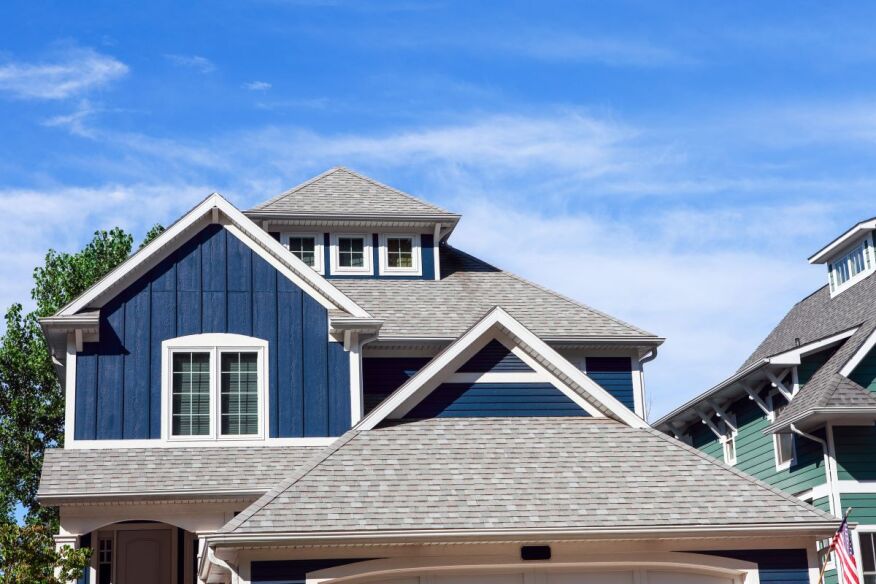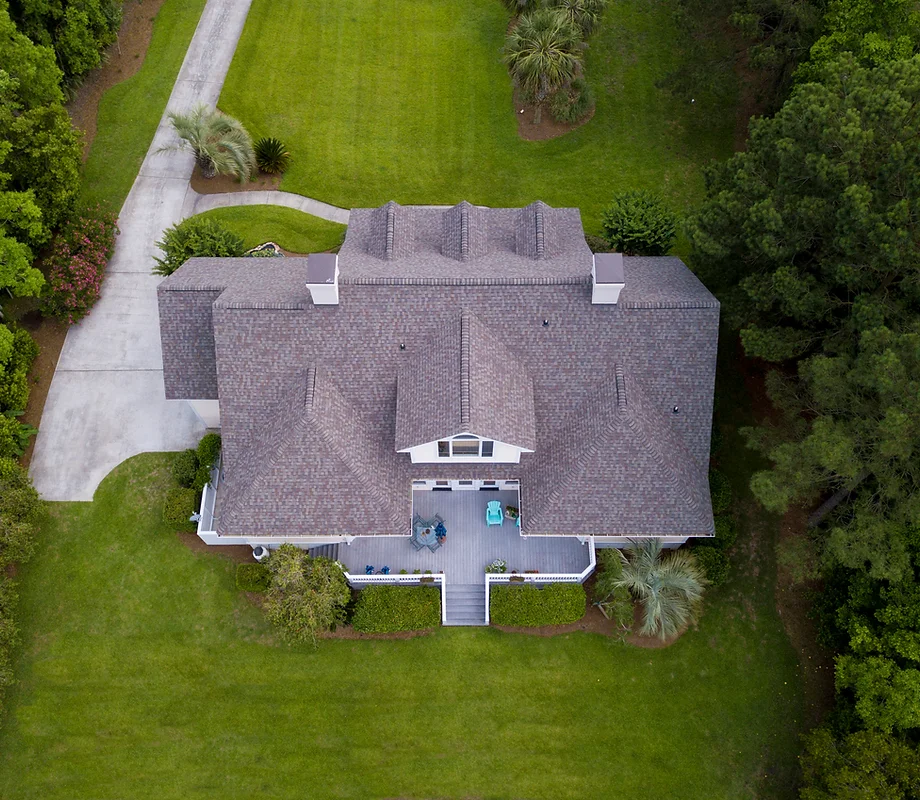Published on: July 23, 2024

The average cost of a new roof is $8,700-$22,000 in Washington depending on the size of your roof and the materials you select. To help you calculate your roof cost, you can use $4.35-$11 per square foot.
Learn more about the cost factors for a new roof so you can learn what to expect and smart ways to prepare for your roofing project.
Many factors contribute to the cost of a roof. Let’s break down those expenses to better help you prepare for your roofing project.
While the labor to install a roof is certainly a factor, material costs are a crucial element in calculating your roof price. Here’s a look at how the materials you select will impact the cost of your new roof.
Another factor in the cost of replacing your roof is the labor. A team of roofers will be on your roof for a day working in inherently dangerous conditions. Two main factors contribute to the cost of labor for your roof.

Larger roofs require more labor and materials, which means they’ll cost more to replace. Roofing estimates are based on the square footage of your roof, often calculated using a drone or digital measuring device.
You might not see these itemized in a quote for your roof, but the contractor will be factoring in the cost of permits and inspection. Washington permits can cost $100-$1,000 depending on your county or city and the size of your project.
Disposing of old roofing materials can be costly. There are requirements for how contractors dispose of roofing materials. This can add to the total cost of your project.
Your roof’s style is about more than just how it looks from the curb. Some styles are more complex to work with, which means the materials will cost more and it might take the team more time to install your roof, which means greater labor costs.
A gable roof generally requires less material and labor than a gambrel roof. Other roofing style cost factors include:
Your roofing cost will be heavily impacted by where your home is located. The more rural of an area you live in, the less you might pay for your roof to a certain extent. But the farther you are from the roofer’s headquarters, the contractor might factor in the time and expense of transportation into your quote. Urban areas tend to cost more because the contractor has to cover the higher expenses associated with having its headquarters in that area.
The season you replace your roof during can also be a cost factor. Spring and summer are the best times to install a roof. In fall and winter, it can be more complex for your contractor to schedule the project and might require starts and stops due to weather, which can make the project costlier.
When your roof is an emergency replacement due to integrity problems with your current roof, your roof will cost more. That’s because the contractor has to expedite the materials and perhaps pay overtime for labor because they hadn’t factored in your project in its weekly schedule since they didn’t know about your project until the last minute.
That’s why it is far better to complete preventative roof replacements when your roof is reaching the end of its life. Likewise, caring for your roof to get the longest life out of it is wise. Make sure your gutters are working well with regular debris removal to prevent pooling water. Remove debris from the roof quickly to prevent it from damaging your roofing materials.
It never hurts to have an insurance adjuster out to review your roof when you think it’s time for replacement. That way you see if they’ll cover part of the replacement or even all of it.
For newer roofs, you should check in with your contractor who installed it about the warranty on installation and materials. That way if you can get some of the costs offset with a warranty, you pay less for your new roof.
As you start to get quotes for your new roof, you might start looking for ways to make your roof more affordable. Here are some tips that can ease the financial burden of getting a new roof.
2FL Windows, Siding and Roofing is an experienced roofing contractor in the greater Seattle area. Schedule your free estimate now to learn more about roof replacement costs and ways to manage your budget with roof longevity.
Further Reading:

Read the latest articles about roofing.
